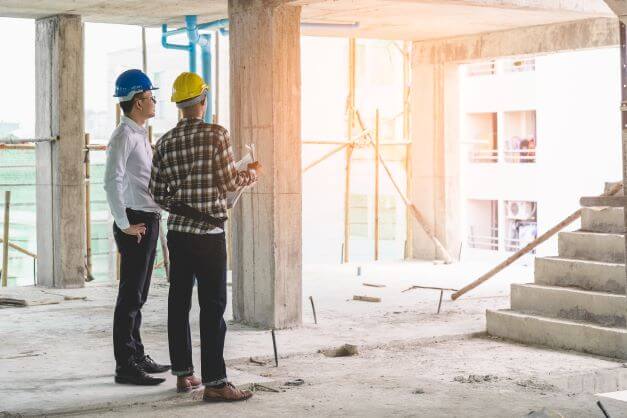The construction industry has historically not been a risk-averse industry.
This is not a controversial statement for an industry often recognised as being a dangerous place to work from a health & safety perspective. We may marvel at sights like the Brooklyn Bridge in Manhattan today, but then remember that 30 contractors lost their lives during its construction.
The consequence of building bigger, better, bolder will always be added risk. But building firms today are responsible citizens and legislation also keeps them in check. How to builders thrive in a world of risk when the consequences of getting it wrong can be so severe?
In this article, we’ll look at the main sources of risk in the building industry and how trends are impacting those risks.
We’ll then look at whether these risks can be avoided, mitigated through insurance or whether building firms are sometimes powerless to protect themselves from other risks.
An overview of risk in the construction industry
It’s fair to say that building firms are not completely averse to risk. In fact, the right types of risk are actively embraced by builders in the pursuit of those elusive high margins and other bonuses such as better brand awareness and a stronger order book.
In an industry that chases records and operates on surprisingly slim profit margins, the rewards for the successful contractors behind landmark projects such as The Shard in London’s South Bank, and the now-iconic Google Headquarters at King’s Cross make that risk worthwhile.
So what risks do builders face and why are some of these risks getting worse?
Cost inflation risk – Builders operate on tight margins and therefore find their own margin squeezed when the price of materials rises. Clever businessmen will structure construction agreements in such a way that the builder does not have to bear the cost of increases in the cost of raw materials, but this isn’t always the case. In some instances where price rises remove all economic incentives to complete the project, a site can shutdown while the builder enters terse negotiations with the client to demand a reasonable upside from the deal.
This is a growing risk as inflation has returned to the UK economy in a big way in 2022.
Compliance risk – Builders are responsible for the wellbeing and safety of not only their employees and contractors, but also the wider British public. Occupier’s liability is a particular risk that continues to catch-out builders who don’t adequately protect meandering members of the public from their own recklessness when trespassing on building sites.
This has led to higher insurance bills, twinned with the costs of practical precautions like robust hoarding and fencing around sites.
Commercial risks – As one business in an industry of thousands of small, medium and large building firms, a firm must constantly fight for survival. Particularly at the smaller end of the industry, where a firm may only have 2-3 active contracts at any one time, the firm may only be 6 months away from financial ruin.
Builders can manage cost inflation risk through better contracting and legal advice. Compliance risk is an ongoing battle which can be managed through responsible practices and insurance to cover the costs of unforeseen non-compliance. Commercial risks come hand-in-hand with running any business in a competitive industry and cannot be mitigated. Only by being bold, delivering on promises and establishing a brand of excellence in the local market will a firm be able to ride out those risks on a month to month basis.




